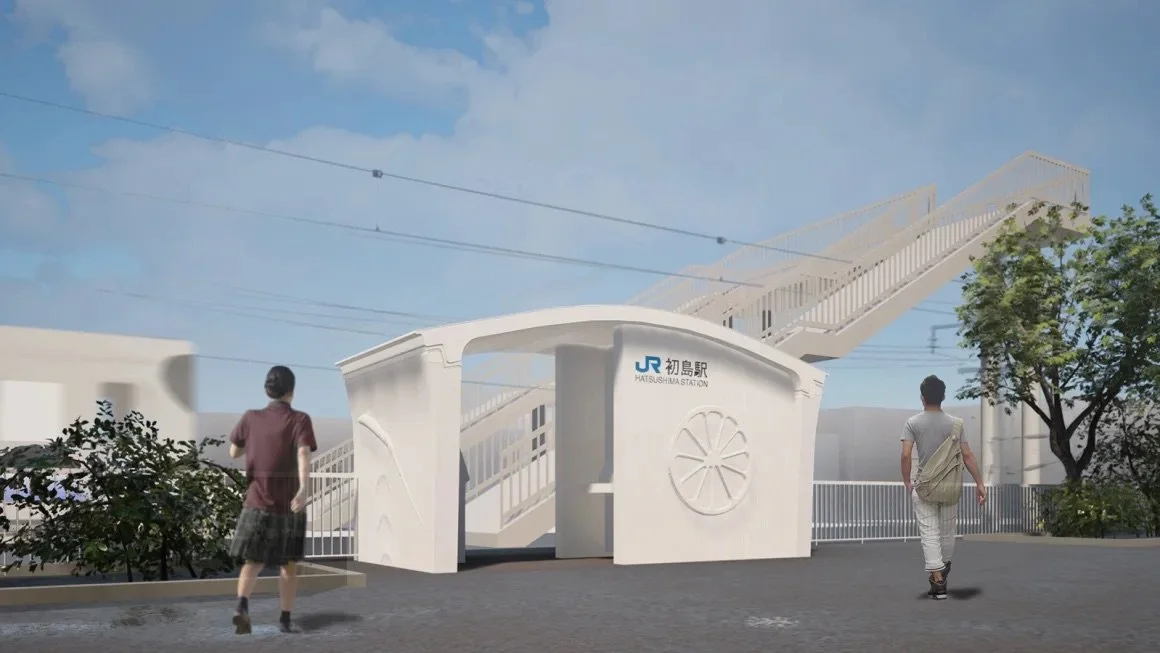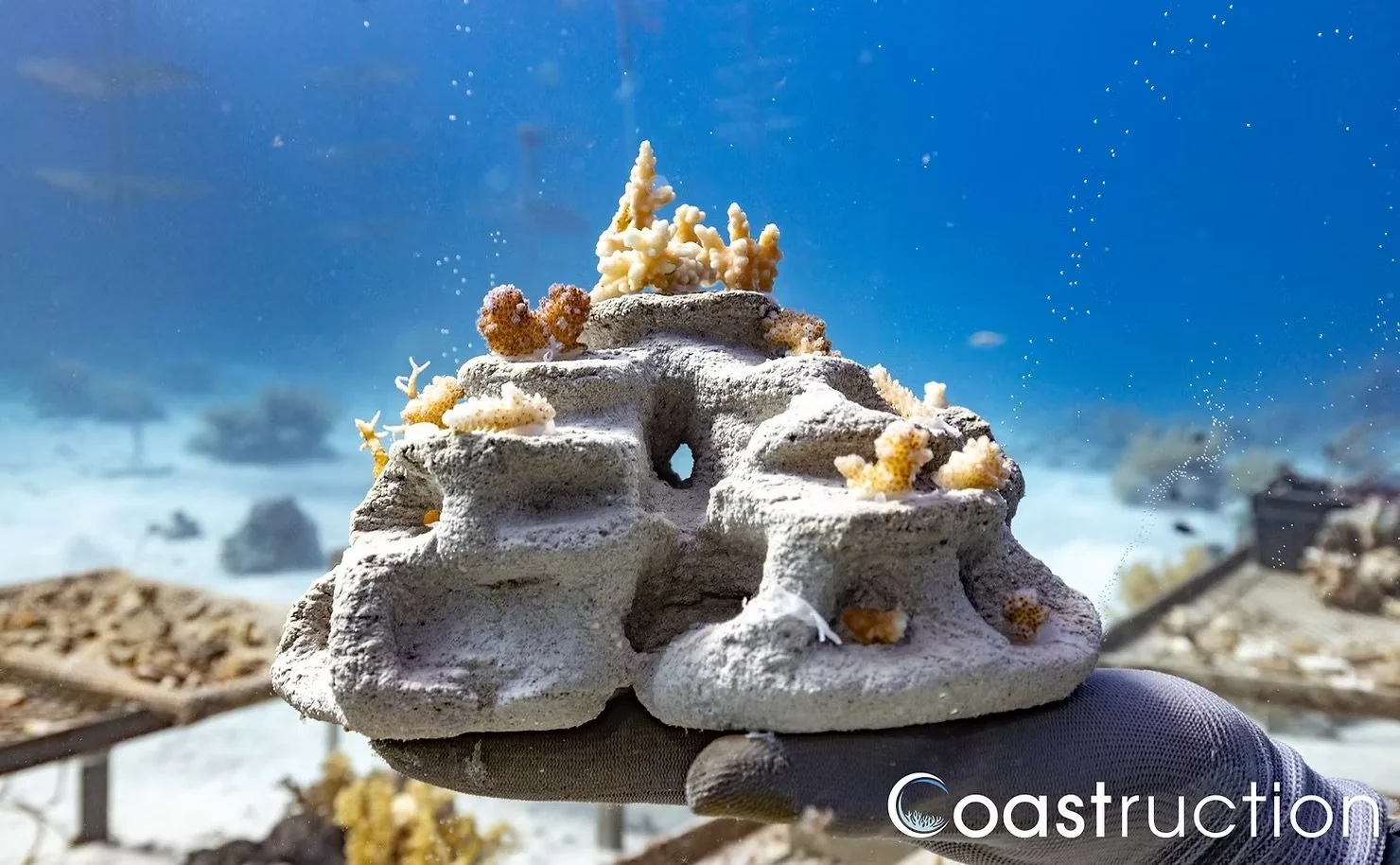3D Printing: A Technology That’s Far from Dead
Despite occasional claims that 3D printing has lost its momentum, the reality is quite the opposite. While desktop 3D printing remains a valuable tool for students and designers, the past decade has seen a surge in innovative applications pushing the technology into new frontiers.
A 3D-Printed Train Station in Japan
One groundbreaking example is the world’s first 3D-printed train station, set to be installed in just six hours at a site south of Osaka, Japan. This minimalist-designed station will replace the aging wooden structure currently in place. Serving as a gateway to the uninhabited island of Jinoshima and the nearby city of Arida—known for its fishing port and lush orange groves—this project showcases how 3D printing can revolutionize infrastructure by reducing construction time and material waste.
West Japan Railway Group
Restoring Coral Reefs with 3D Printing
Beyond infrastructure, 3D printing is also playing a crucial role in environmental conservation, particularly in restoring coral reefs.
3-D printed Terracotta from Archireef
In the Netherlands, Coastruction is pioneering the use of natural materials like seawater limestone and Portland cement to create artificial reef structures. Meanwhile, Archireef has developed 3D-printed terracotta tiles designed to encourage coral growth and restore declining reef ecosystems—a critical effort in combating the effects of climate change. These two companies are just part of a growing movement using 3D printing to support marine restoration.
Coastruction 3D printed coral reef structure to support coral reef growth.
The Future: 3D Bioprinting and Medical Breakthroughs
The potential of 3D printing doesn’t stop at construction and conservation. In the field of medicine, 3D bioprinting is making remarkable strides.
Researchers have recently developed artificial muscle fibers that could one day replace damaged muscle tissue. The EU-funded ENLIGHT Project, launched in 2021, is working on the development of a miniature bioprinted human pancreas using living human cells. This research has the potential to revolutionize diabetes treatment and even pave the way for lab-grown organs for transplants.
Example of a bioprinter from ENLIGHT partner Readily3D. Photocredit: Readily3D
The Next Generation of 3D Printing Innovators
With so much development and growth happening in the 3D printing industry, the technology is no longer just about decorative trinkets—it’s a powerful tool shaping the future. The construction of a 3D-printed train station in Japan highlights skills in engineering, structural design, and rapid prototyping, showing how digital models can become real-world solutions. The restoration of coral reefs using 3D-printed structures demonstrates problem-solving, material science, and sustainability-focused innovation, teaching students how technology can be used to address environmental challenges. Meanwhile, advancements in 3D bioprinting push the boundaries of medical technology, biology, and precision design, offering new possibilities for regenerative medicine.
Today’s students have the opportunity to engage with 3D printing in meaningful ways—whether by designing infrastructure, developing eco-friendly solutions, or contributing to medical breakthroughs. By learning 3D modeling, critical thinking, troubleshooting, and collaboration, they are preparing to become the next generation of innovators in industries that are actively transforming the way we build, restore, and heal.




